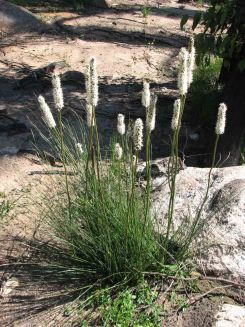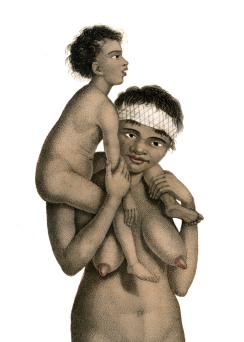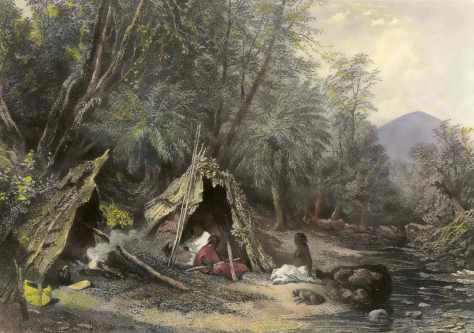By Veronica Peek
A small grass tree common in the Australian State of Victoria bears the botanical name Xanthorrhoea australis, X. minor. The Wurundjeri Aborigines who occupied the plains and forests around the Yarra Yarra (now Yarra) River for tens of thousands of years had a name for it that Europeans may have been spelling in different ways ever since they arrived at the fledgling town of Melbourne.
Translating a previously unfamiliar foreign word into the Arabic alphabet is always tricky, but TOOLEMERIN and TOOLIMERIN have been offered as guides to the correct pronunciation of the Wurundjeri word used to describe the flower.
The first white settlers to arrive at the new settlement in the late 1830s, however, asked the local Aborigines for the name of the flowers growing so profusely in the native forests and they Anglicised the spelling of their answers as TULLAMARINE. There is enough of a similarity between the plant names to at least speculate that they may all be one and the same.

Although described as a small grass tree, the Xanthorrhoea australis, X. minor has its trunk sub-surface, with a bushy above-ground base of spikey grass leaves and on average between five and a dozen long stems, which the Wurundjeri used as small spears. The landscape around the Yarra range was especially lovely when the Tullamarine spears were transformed with bulbs made from masses of tiny white flowers.
In 1840, the author and poet Richard Howett arrived in Melbourne as a settler and in 1841 he bought 90 acres of farming land along the road to the township of Heidelberg, so named by a land agent and long since absorbed into Melbourne as a suburb. Back in England in 1845 he published a book called Impressions of Australia Felix, during Four Years Residence in That Colony. In it, he wrote:

“Every flower I now see I imagine to be the native’s flower Tullamarine simply for this incident. A gentleman mentioned to me that a flower was in its season out everywhere in the forests and he at that time was a missionary amongst the natives out in the Bush with them when one of the Lubras had a little boy born whom she named poetically naturally enough after the then universally prevailing flower Tullamarine. The boy died just when it could run about; and the distress of the mother may be imagined from the circumstance that she often with the most perfect abstraction would seat herself in solitary places where she, indicating inward agony by outward action, frequently in meditative moods rubbed with her finger and thumb her temples until they dropped blood.”
Howlett lamented that his missionary informant had failed to describe the flower.
Included in the Howett’s 1845 book was a poem he wrote about that infant child. It was published and republished in various books and must have been, for a time, one of the better-known poems about Australia Felix. Inevitably it was forgotten, only to be resurrected in recent times by, no surprises here, the Google search engine and Google’s digitized ebooks, available free online. I have repeated the first stanzas of the poem:
TULLAMARINE
Tullamarine, thou lovely flower,
I saw thee in a happy hour:
When first I gazed upon my boy
I saw thee with a mother’s joy.
Me thought thy beauty on me smiled:
And by thy name I called my child:
And thence alike with joy were seen
Both boy and flower, Tullamarine.
The lights in heaven appear, and go:
Both stars and flowers their seasons know:
Thus, in thy season, thou art seen,
Sweet earthly star, Tullamarine.
Soother of many a weary hour,
By mountain stream, in forest bower:
I gathered thee with choicest care,
And wore thee fondly in my hair.
Wide wandering through the woods away,
Where with thy bloom the ground was gay,
I called thee then the “ flower of joy,”
Sweet namesake of my darling boy.
He grew he flourished by my side,
He ran he gathered thee with pride:
But, woe is me! in evil hour
Death stole away my human flower.
Its merits as a work of colonial literature I will leave for others to decide. Howett had no idea what the flower looked like and his image of the mother wearing it in her hair is a piece of poetical licence. Exactly why baby Tullamarine died was never explained, but the ruthless and rapid colonial process of displacement was driving his clan off their traditional lands, exposing him to starvation and a range of imported disease epidemics. By the 1860s, the Aboriginal tribes in Victoria had been so severely decimated, they were facing extinction.

